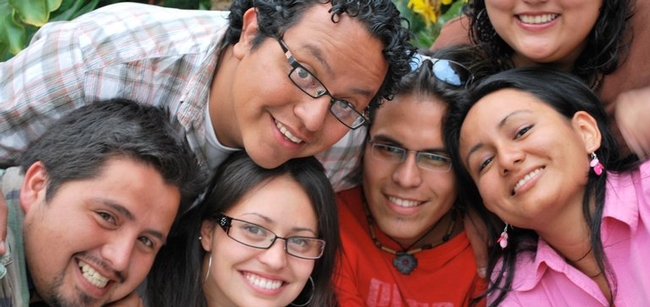Dive Brief:
- The University of California has received criticism for not adequately serving Latinos, the state's largest ethnic group, since affirmative action measures were banned from use in admissions decisions in California's public institutions in 1996, The New York Times reports.
- The university system's newest campus, UC Merced, most closely resembles the diversity of California with an undergraduate Latino population of 53%. UCLA and UC Berkeley, the system's flagship campuses, serve Latino populations of 21% and 13%, respectively.
- While Merced lacks traditional markers of academic excellence including star faculty members, better than average admissions test scores and a high graduation rate, Latino students are attracted to Merced because professors and administrators have created programs and services that directly cater to them. This includes parent workshops in Spanish during student orientation, culturally appropriate celebrations, availability of cultural foods and more.
Dive Insight:
Studies show that the growing racial disparities in higher education occur amongst not only student populations, but faculty members and administration as well. This may have serious implications on the success of racial and ethnic minorities who may also be first-generation college students or come from low-income families.
Current research on the success of African American college students points to elements like the development of relationships with faculty members, involvement in minority student organizations and management of relationships with family and friends back home as essential parts of a plan to attract and retain a diverse student body.
Changes in student demographics are expected to continue to have a direct impact on retention in higher education during the next few years. Texas A&M University – San Antonio is an example of an institution that has a multi-year rebranding project centered on ensuring that the campus is a welcoming environment to the city's large military population and underserved minorities.
Ivy Tech Community College in Indiana published the results of a 2016 study of the 21st Century Scholar initiative to improve student success outcomes across its 32 campuses. The program administered by The Indiana Commission for Higher Education reported results of an increase in first-year persistence of 8.8 percentage points, up from a historical average between 36.9% and 45.7%. The scholars who participated in the program were Pell eligible and first-generation college students. Participants received executive-style coaching to support them not only in academics, but in other areas of life that may have been hindering their success.
Source: Published originally on www.educationdive.com, How to best serve Latino students, by Halona Black, August 2nd, 2018.
